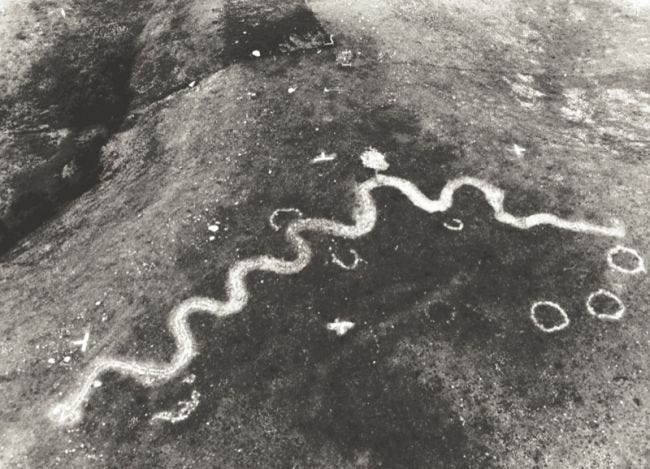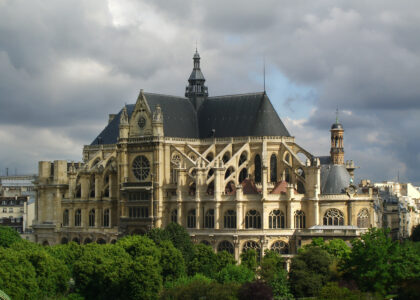Driving through the rolling hills of South Dakota, you might stumble upon a mysterious and intriguing site known as the Snake Effigy. This ancient stone mosaic has puzzled archaeologists and historians alike, as its origins and purpose remain shrouded in mystery. Believed to be the work of Native American tribes, possibly the ancestors of the Adena or Hopewell cultures, the effigy is a testament to the ingenuity and spiritual lives of ancient peoples.
The Snake Effigy, composed of large boulders meticulously arranged to form the shape of a serpent, stretches across the bluffs overlooking the Missouri and James Rivers. The site offers not only a breathtaking view but also a peek into the past. The effigy’s exact age is unknown, but it is thought to have been constructed by ancient tribes for ceremonial purposes, possibly as a tribute to a revered leader or as part of a vision quest ritual.
One of the most captivating stories linked to this site is that of Saswe, a Yanktonai Chief. In 1831, during a vision quest on Medicine Knoll, he was found surrounded by rattlesnakes. His miraculous survival and the presence of the snake effigy on the butte add layers of intrigue to the site’s history. For the Yanktonai and other tribes, such effigies would have held significant spiritual meaning, perhaps serving as symbols of protection or guidance.
Throughout the years, the Snake Effigy has attracted the attention of many, from local ranchers like Ray Salathe, who first realized the significance of the stone patterns, to scholars and archaeologists seeking to understand the cultural and historical importance of this site. Despite numerous visits and studies, the true purpose of the Snake Effigy remains an enigma, leaving much to the imagination and interpretation of those who visit.
Today, the Snake Effigy stands as a silent guardian of history, inviting us to ponder the lives and beliefs of the people who once roamed these lands. It serves as a reminder of the rich tapestry of cultures that existed long before modern settlements took hold, encouraging visitors to reflect on the connection between the earth and its ancient inhabitants.




